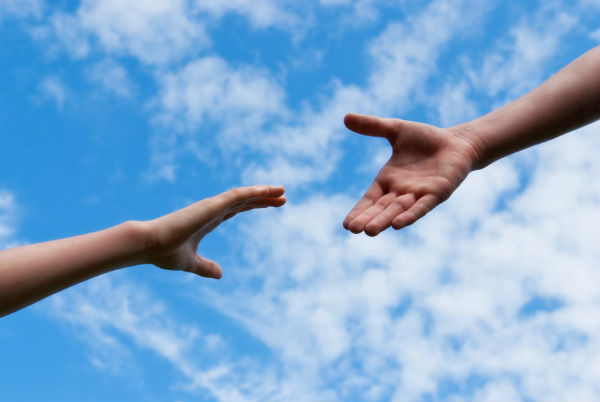The Role of Social Media in Disaster Management

In the aftermath of the earthquake and tsunami in Japan back in 2011, social media was critical in raising awareness of the situation and gathering charitable contributions and funds. Online social networks were essential in helping people contribute by text messages to the Red Cross, donate through online social games such as those developed by Zynga, or participate in a number of community-backed initiatives.
Around the world, social tools have been greatly facilitated crisis communication. Applications and websites such as Google’s Person Finder helped many families find information about their loved ones after the Haiti earthquake of 2010 without bogging down critical communication channels. Person Finder was used in wake of the Japan and New Zealand earthquakes as well, a useful tool to help families locate their loved ones.
Social media and spreading the news
Due to the time difference between Japan and Europe, most of the Western world found out about the Japanese earthquake and tsunami a few hours after the fact. However unlike other natural disasters, there was a very large community of people following the events in real time through social media. After hurricane Katrina hit the United States in 2005, the role of social media to help spread news increased exponentially. The difference between the news reporting on social media with Katrina and five years later in the Haiti earthquake is enormous and is a testament to the rapid development of this technology. In the case of Haiti in particular, social media websites were instrumental in generating support to round up resources to help the victims.
Sources go direct
News outlets can also receive a considerable boost from social media resources. For example, during the Japan earthquake phone services were disrupted for a significant period of time. Fortunately, social media channels remained open. An hour after the earthquake, more than one thousand tweets per minute were being broadcast from Tokyo and only a few hours after the disaster, hashtags related to the disaster contained thousands of new tweets and retweets per second. Essentially, user-generated information raised awareness of the crisis to a degree unheard of a decade ago. Many news organizations have found that social media allows the public to connect to a natural disaster. Rather than being just news from a second hand source or a reporter, social media gives people on site a voice. This raises empathy and awareness, allowing people from around the world to connect to the first hand accounts of such crises.
Relief aid organizations can also benefit greatly from social media during a natural disaster. With the aid of existing social media platforms and websites, relief organizations were able to gather considerable contributions in the wake of the disaster (although some struggled to deliver it to those in need). Zynga allowed users to contribute through some of its most popular games, raising two million dollars for organizations like the Save the Children Japan Earthquake Tsunami Emergency Fund. When it comes to disaster relief, social media has become a game changer.
Be Part of Our Cloud Conversation
Our articles are written to provide you with tools and information to meet your IT and cloud solution needs. Join us on Facebook and Twitter.
About the Guest Author:

Nida Rasheed is a freelance writer and owner of an outsourcing company, Nida often finds herself wanting to write about the subjects that are closest to her heart. She lives in Islamabad, Pakistan and can be found on Twitter @nidarasheed.


